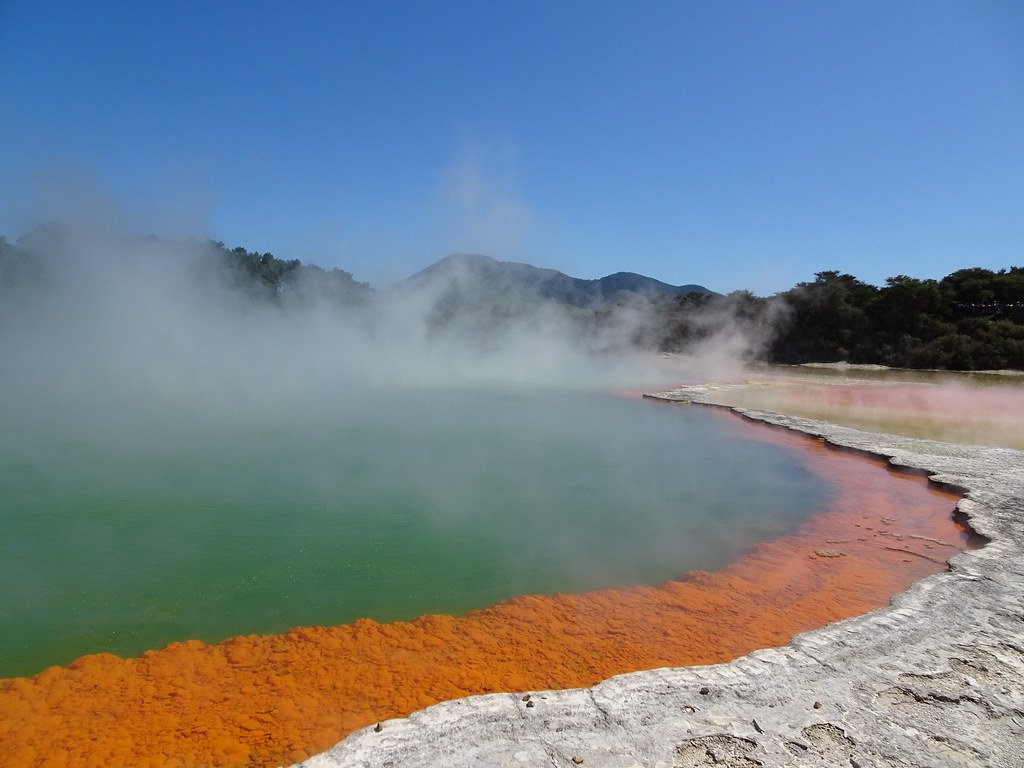Imagine stepping into a landscape that seems pulled from another planet. Steam rises from boiling pools, sulfurous gases assault your senses, and somewhere in the distance, a massive lake bubbles perpetually like a giant pot on nature’s stove. This isn’t science fiction – it’s the extraordinary reality of Dominica’s Boiling Lake, where scorching water churns without a drop of molten lava beneath it.
You’ll find this phenomenon nestled deep within Dominica’s Valley of Desolation, accessible only after a grueling six-hour trek through rainforest and over volcanic terrain. What makes this place so captivating isn’t just its otherworldly appearance, but the fascinating geological forces at work beneath your feet. The secret lies not in flowing magma, but in something far more complex and intriguing.
Nature’s Pressure Cooker: Understanding the Boiling Lake’s Formation

The Boiling Lake is a flooded fumarole located in Morne Trois Pitons National Park, a World Heritage Site on the island of Dominica. The lake, located 6.5 miles (10.5 km) east of Dominica’s capital Roseau, is filled with bubbling greyish-blue water that is usually enveloped in a cloud of vapour. Think of it as nature’s own geothermal wonder, where the Boiling Lake is approximately 200 to 250 feet (60 to 75 m) across and is the second-largest hot lake in the world after Frying Pan Lake, located in Waimangu Valley near Rotorua, New Zealand.
The Boiling Lake is a flooded fumarole, essentially a crack in the Earth’s crust that allows hot gases from a magma chamber to escape to the surface. Unlike traditional lakes formed by rainwater collection or river inflow, this extraordinary body of water exists because of intense geothermal activity beneath Dominica’s surface. The lake was likely formed when a volcanic eruption created a depression that subsequently filled with rainwater.
The formation process reveals nature’s incredible engineering. Boiling Lake has formed in an explosion crater – here groundwater reached overheated rocks and the pressure of steam caused a spectacular explosion, leaving a deep and wide scar in the ground. Such an event is called – phreatic eruption. This volcanic scar became the perfect vessel for what would become one of Earth’s most remarkable geothermal features.
The Heat Source Mystery: Why No Lava Needed
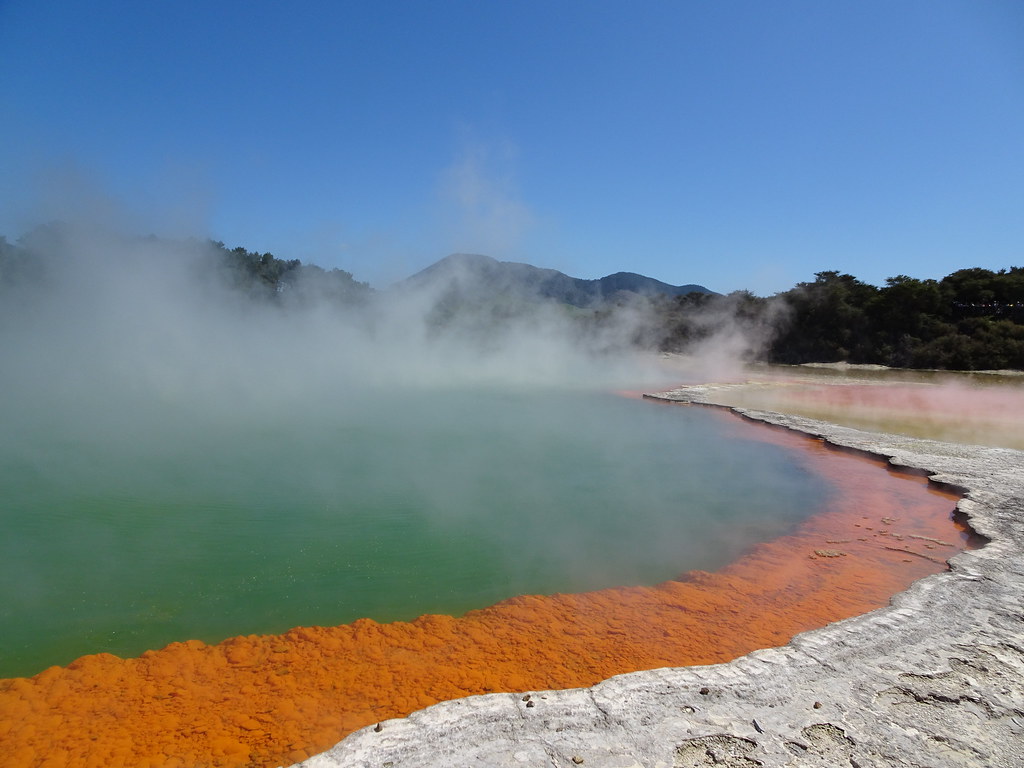
What makes the lake “boil” is not actual cooking-style boiling but rather the result of superheated gases rising from the magma chamber below. These gases, primarily steam, bubble up through the water, creating the appearance of constant boiling. The water temperature at the edges of the lake has been measured at approximately 180-197°F (82-92°C), while the center, which is impossible to measure directly due to the violent activity and dense steam, is believed to reach the full boiling point of 212°F (100°C) or higher.
The heat source for the Boiling Lake is primarily geothermal. Magma beneath the Earth’s surface heats groundwater, and this heated water rises to the surface through fractures and faults in the Earth’s crust. The Boiling Lake’s waters are constantly replenished by these heated underground sources, resulting in the perpetual boiling and churning. It’s like having a massive underground furnace that never switches off.
The Boiling Lake is a unique case because the escaping steam and gases are trapped within a pre-existing volcanic crater filled with water. The heat from these volcanic emissions is transferred to the water, raising its temperature to near boiling point. The lake is not directly connected to a volcanic vent filled with molten rock, but it is heated indirectly by the superheated steam and gases emanating from the magma chamber below.
Fumaroles: Nature’s Steam Vents Explained
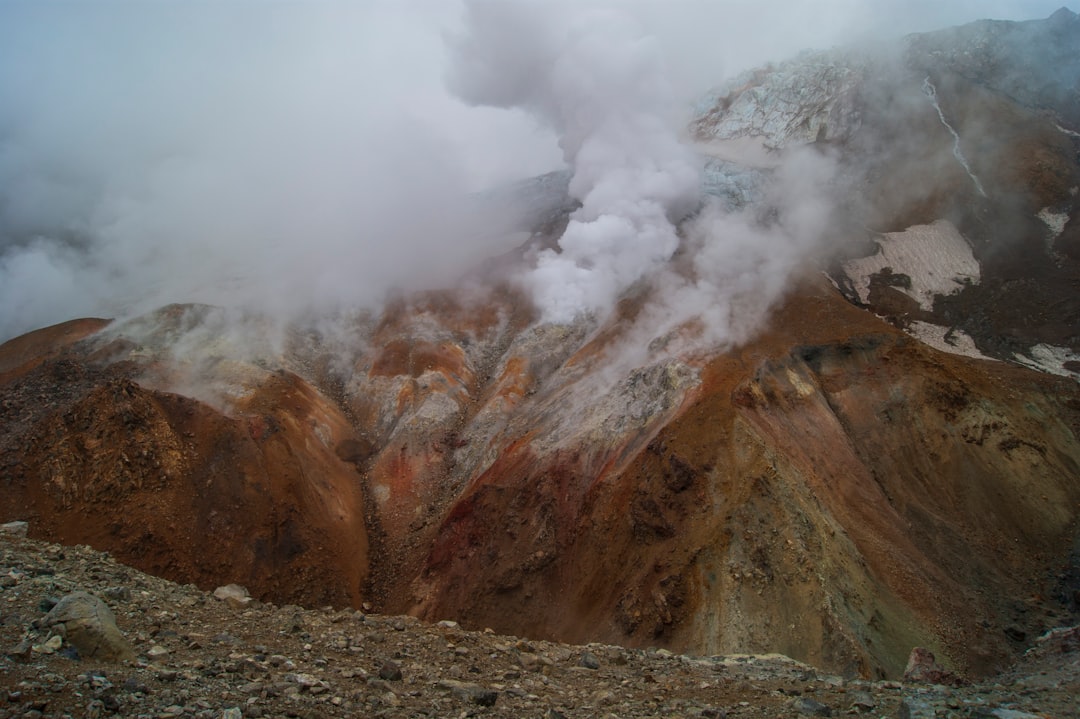
A fumarole (or fumerole) is a vent in the surface of the Earth or another rocky planet from which hot volcanic gases and vapors are emitted, without any accompanying liquids or solids. The predominant vapor emitted by fumaroles is steam, formed by the circulation of groundwater through heated rock. This is typically accompanied by volcanic gases given off by magma cooling deep below the surface.
The temperature of the gases leaving the vent ranges from about 100 to 1,000 °C (210 to 1,800 °F). The steam forms when groundwater is superheated by hot rock, then flashes (boils due to depressurization) as it approaches the surface. In addition to steam, gases released by fumaroles include carbon dioxide, sulfur oxides, hydrogen sulfide, hydrogen chloride, and hydrogen fluoride. These chemical cocktails create the distinctive sulfurous smell that permeates the Valley of Desolation.
The process resembles a massive underground plumbing system. Fumaroles are also geothermal features that depend on the interactions of released volcanic gases and the local groundwater system. These occur in areas where a magma conduit passes through the water table. The magma can be liquid or recently solidified, but still hot. Water seeping down through rock cracks encounters this intense heat, transforms into pressurized steam, and rockets back to the surface carrying volcanic gases along for the ride.
The Volcanic Powerhouse Beneath Dominica
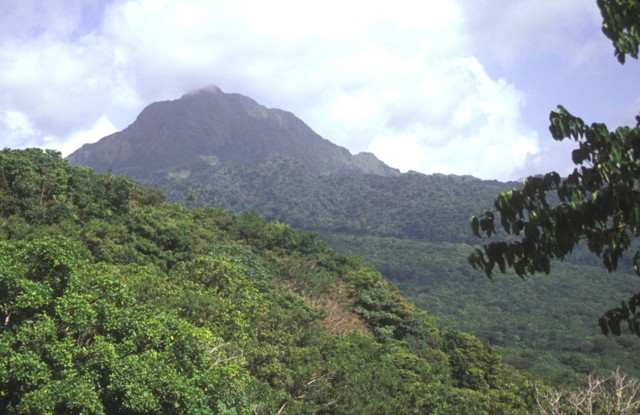
The island itself is part of the Lesser Antilles volcanic arc, formed by the subduction of the Atlantic tectonic plate beneath the Caribbean plate. The Morne Trois Pitons National Park, where the Boiling Lake is located, showcases the island’s volcanic features, and the lake itself is situated within a collapsed volcanic crater. This tectonic collision creates the perfect conditions for intense geothermal activity.
This arc is formed by the subduction of the North American Plate beneath the Caribbean Plate. As one plate slides under the other, immense heat and pressure are generated, melting rock and creating magma. This molten rock then rises to the surface, creating volcanoes and geothermal features like the Boiling Lake. The process continues relentlessly, ensuring a constant supply of heat from below.
Furthermore, intense earthquake swarms in Southern Dominica indicate that magma may be moving towards the surface. Scientists believe there is a greater than 50% chance that an eruption will occur in this area within the next 100 years. This ongoing geological restlessness keeps the underground furnace burning bright, maintaining the lake’s spectacular display.
Water Level Mysteries and Dramatic Changes
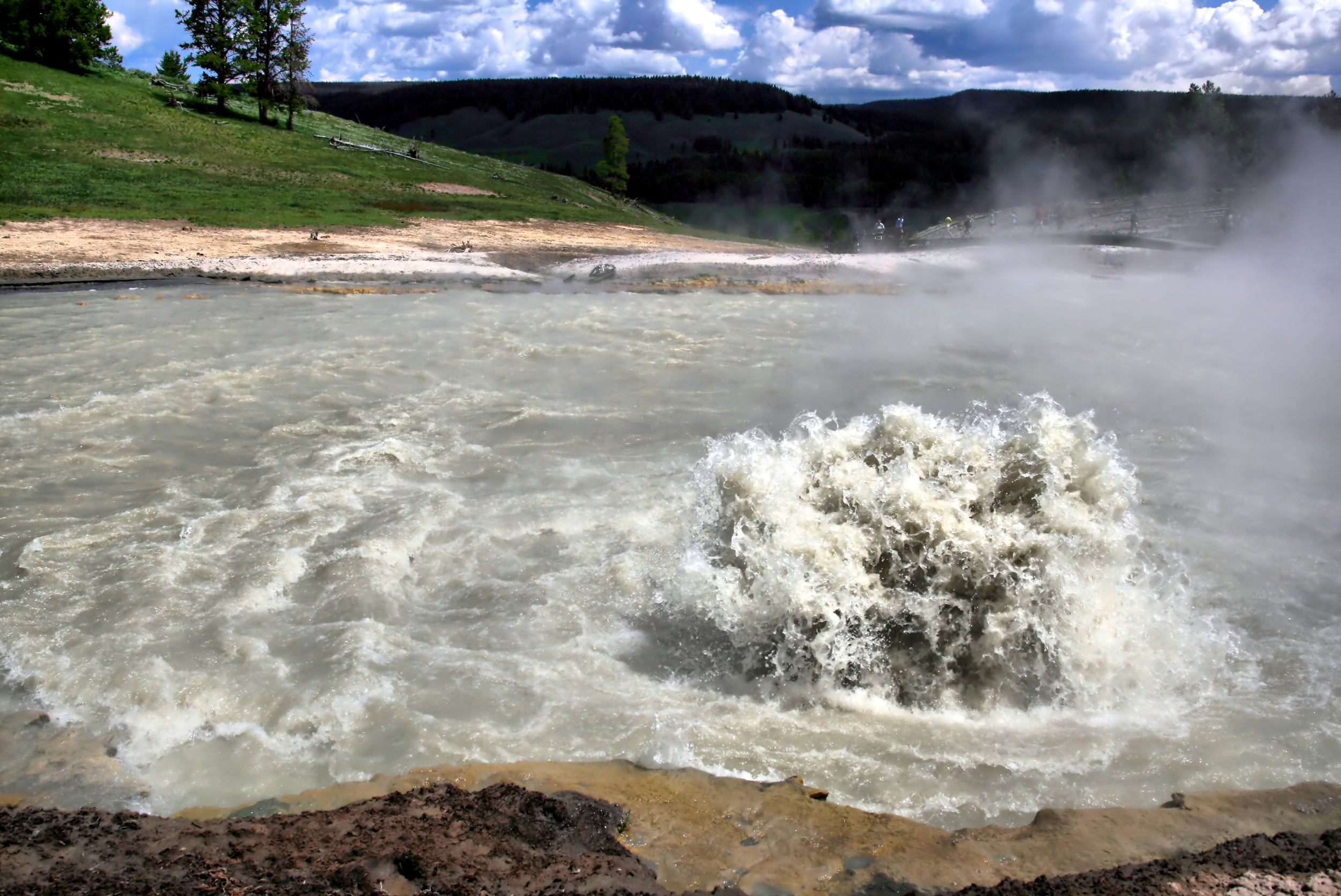
This spectacular lake is characterized by unstable behavior which has been interpreted to result from the presence of a water body above a fluctuating gas-filled, or multi-phase vent system. The system produces a near-boiling lake that occasionally drains and refills with water, without any simple periodicity. Despite the fact that such unstable draining lakes are thought to be non-eruptive, the Boiling Lake is known to have sourced occasional small hydrothermal eruptions as well as toxic gas emissions which accompany the refilling phase of these drainage events.
In 1 day, the lake went from almost empty to completely full. In 1 day, the lake went from almost empty to completely full. Lake water temperature was 20°C on both dates. These dramatic transformations puzzle scientists and visitors alike. Imagine witnessing a lake that completely empties overnight, only to refill the next day as if someone turned on a cosmic faucet.
Research suggests that water levels at the lake are maintained by the bubbles of volcanic gases rising through spaces in the rock beneath the lake. When these gases are absent, the water in the lake is no longer being pushed up and the water level falls. The gases are sometimes absent because vents beneath the lake may become blocked. It’s nature’s version of a temperamental radiator system, where blocked pipes can cause the entire mechanism to malfunction spectacularly.
The Journey Through the Valley of Desolation
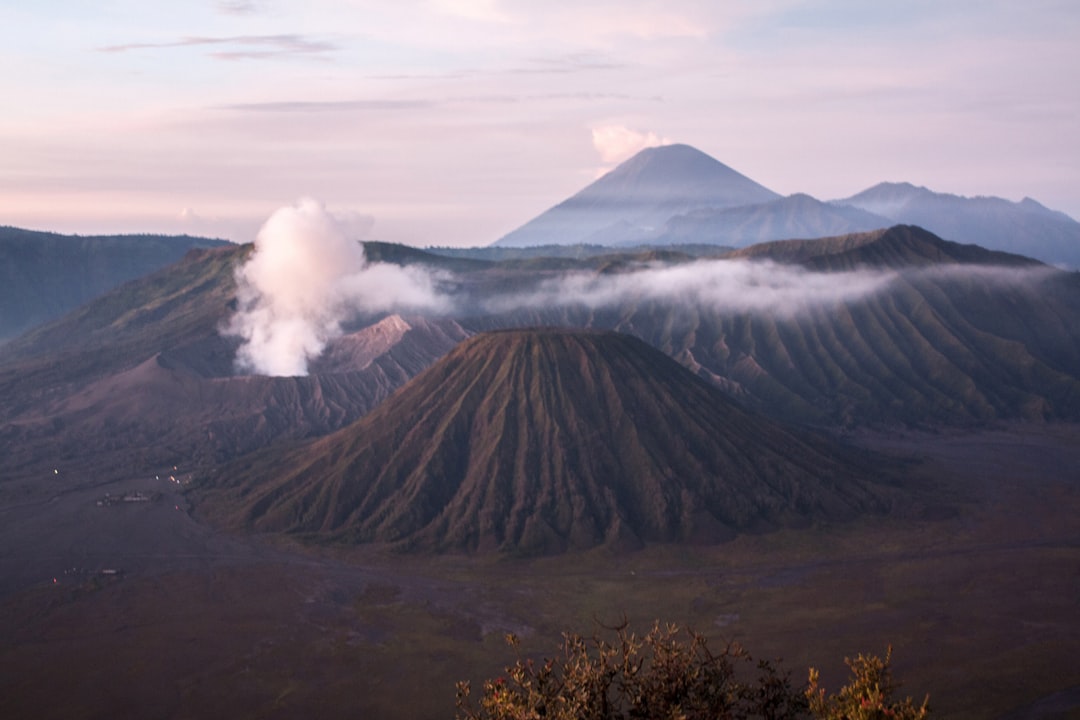
The trail leads through another volcanic area called the Valley of Desolation. The air around the area is hot, steamy and moist, supported by the sharp, acrid smell of sulphur. The area is known to have been filled with vapors and gases that escape from bubbling and boiling sulfur-water pots, small spraying and hissing geysers, cracks and holes, and a small stream that runs through and beneath the terrain.
As its name suggests, the Valley of Desolation is a barren patch of land, devoid of any vegetation due to the perpetual volcanic activity around. Originally formed from 3 volcanic craters, the valley is dominated by thick clouds of steam and mist all year round, emanating from its numerous fumaroles, Sulphur vents and hot springs, the latter of which can serve as a natural jacuzzi to soak your feet in after the perilous hike. The contrast between lush rainforest and this lunar-like landscape creates an almost surreal hiking experience.
There is no road leading directly to the lake. The lake is accessible via the Boiling Lake Trail, which is an 8.1-mile (13 km) hike between the lake and the nearest road. This challenging trek rewards hardy adventurers with views of one of nature’s most extraordinary spectacles, though tiny invisible sprays of steam will easily scald an ankle or foot.
Dangerous Beauty: Safety Risks and Historical Incidents
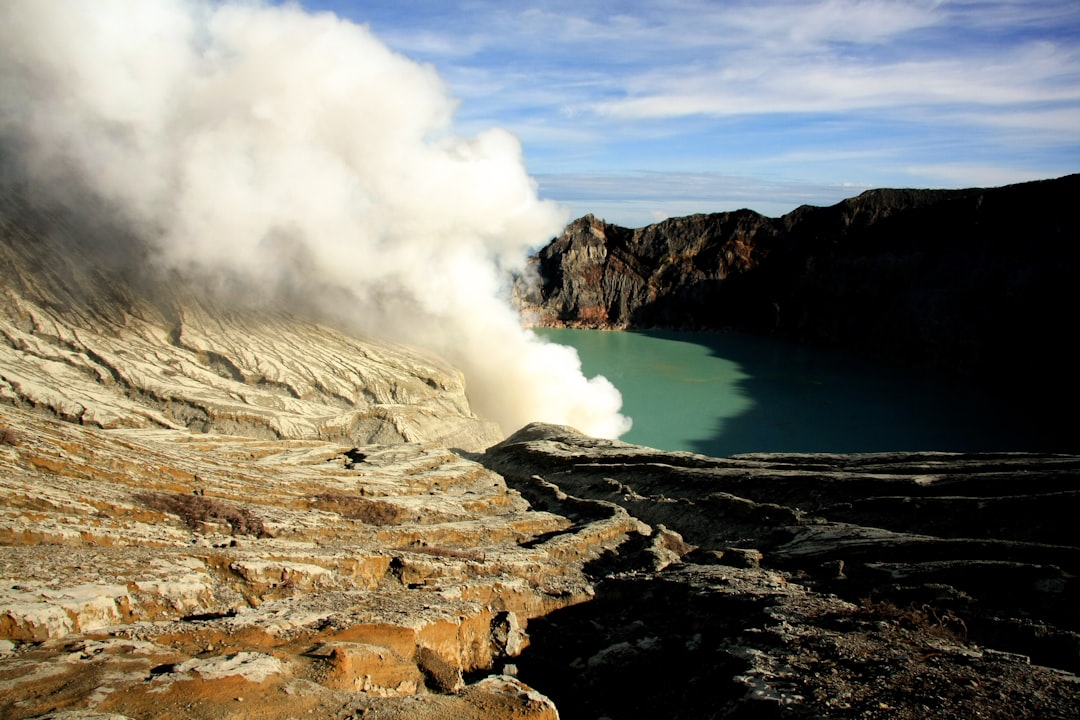
Significant drops in water levels at the Boiling Lake may increase the potential hazards to visitors to the Boiling Lake-Valley of Desolation area due to the increased risk of small steam and gas explosions. In 1900 a small steam and gas explosion from the Boiling Lake (which was almost empty at the time), released harmful gases (probably mainly carbon dioxide, a colourless and odourless gas) and killed two people who were at the water’s edge at the time.
Two members of a three-man hiking party – a hiker and a Dominican guide – died at the Boiling Lake in 1900 after being asphyxiated by a sudden release of volcanic gases and falling to their deaths. On 6 July 2007, adventure-filmmaker George Kourounis became the first person to ever cross Boiling Lake from above, suspended by ropes over the most violently boiling section. These incidents highlight the unpredictable nature of this geothermal wonder.
The Valley of Desolation has been the source of two historic phreatic eruptions, on January 4th, 1880 and on July 9th, 1997. The most likely type of volcanic activity to occur from the Valley of Desolation is a phreatic eruption from the Boiling Lake or one of the other explosion craters in the area. These steam-driven explosions can occur without warning, ejecting hot rocks and toxic gases that pose serious threats to visitors.
Global Context: Boiling Lakes Around the World
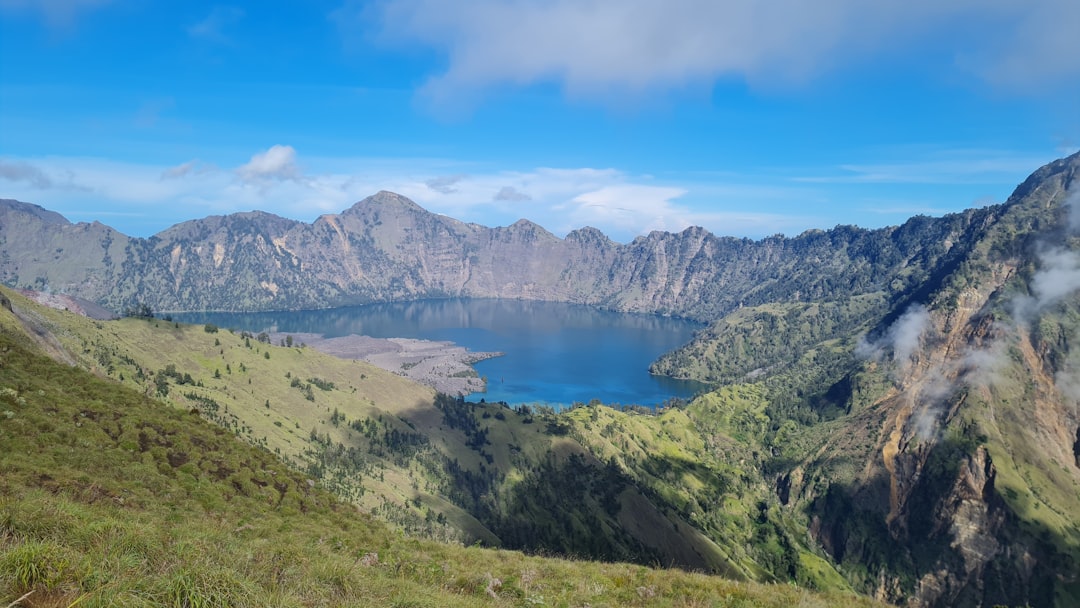
Unlike Dominica’s lake, however, Frying Pan Lake maintains a slightly lower temperature of around 122-131°F (50-55°C), making it hot but not quite boiling. Other notable examples include the El Chichón crater lake in Mexico, which has reached temperatures of 176°F (80°C), and the acid lakes of Kawah Ijen volcano in Indonesia, which combine extreme acidity with high temperatures. Yellowstone National Park in the United States features numerous geothermal pools with temperatures approaching boiling, such as the Grand Prismatic Spring.
Each of these features showcases different aspects of geothermal activity, but Dominica’s Boiling Lake remains unique for its combination of size, consistent boiling activity, and dramatic setting. While other geothermal features might be larger or hotter, few combine the accessibility, beauty, and sheer geological drama of Dominica’s volcanic jewel.
The scientific value of these features extends beyond tourism. They serve as natural laboratories for understanding geothermal processes, studying extremophile organisms that thrive in harsh conditions, and monitoring volcanic activity. Each boiling lake tells a unique story about the geological forces shaping our planet, making them invaluable windows into Earth’s dynamic interior.
Conclusion: Nature’s Ultimate Hot Spring
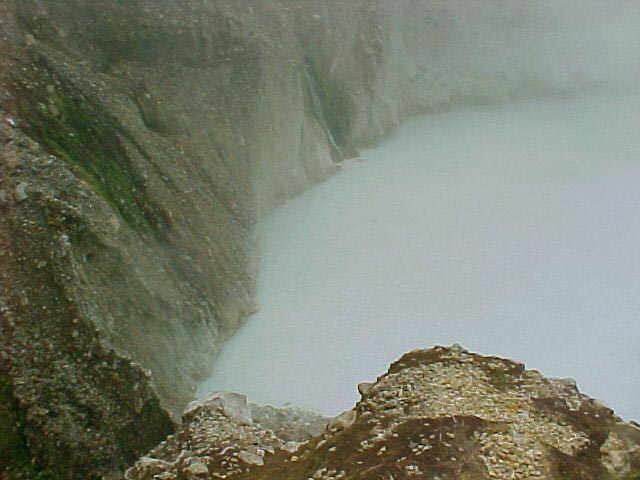
The Boiling Lake stands as one of nature’s most spectacular demonstrations of geothermal power, proving that you don’t need flowing lava to create something truly extraordinary. This remarkable phenomenon results from a perfect storm of geological conditions: a collapsed volcanic crater, active fumaroles, underground heat sources, and the relentless movement of tectonic plates beneath the Caribbean Sea.
What makes this place so fascinating isn’t just its impressive statistics or dangerous beauty, but how it challenges our understanding of volcanic activity. Here, invisible forces beneath our feet create a spectacle that rivals any active volcano, reminding us that Earth’s most powerful displays often happen in the most unexpected ways. The next time you see a pot of water boiling on your stove, remember there’s a place in the Caribbean where nature has been doing the same thing for thousands of years, powered by nothing more than steam, heat, and the incredible forces churning deep below.
What do you think about this incredible natural phenomenon? Would you brave the challenging hike to witness this geological marvel firsthand? Tell us in the comments.

Jan loves Wildlife and Animals and is one of the founders of Animals Around The Globe. He holds an MSc in Finance & Economics and is a passionate PADI Open Water Diver. His favorite animals are Mountain Gorillas, Tigers, and Great White Sharks. He lived in South Africa, Germany, the USA, Ireland, Italy, China, and Australia. Before AATG, Jan worked for Google, Axel Springer, BMW and others.

